TECH TUESDAY: The contrasting ways Mercedes and Ferrari approached Baku

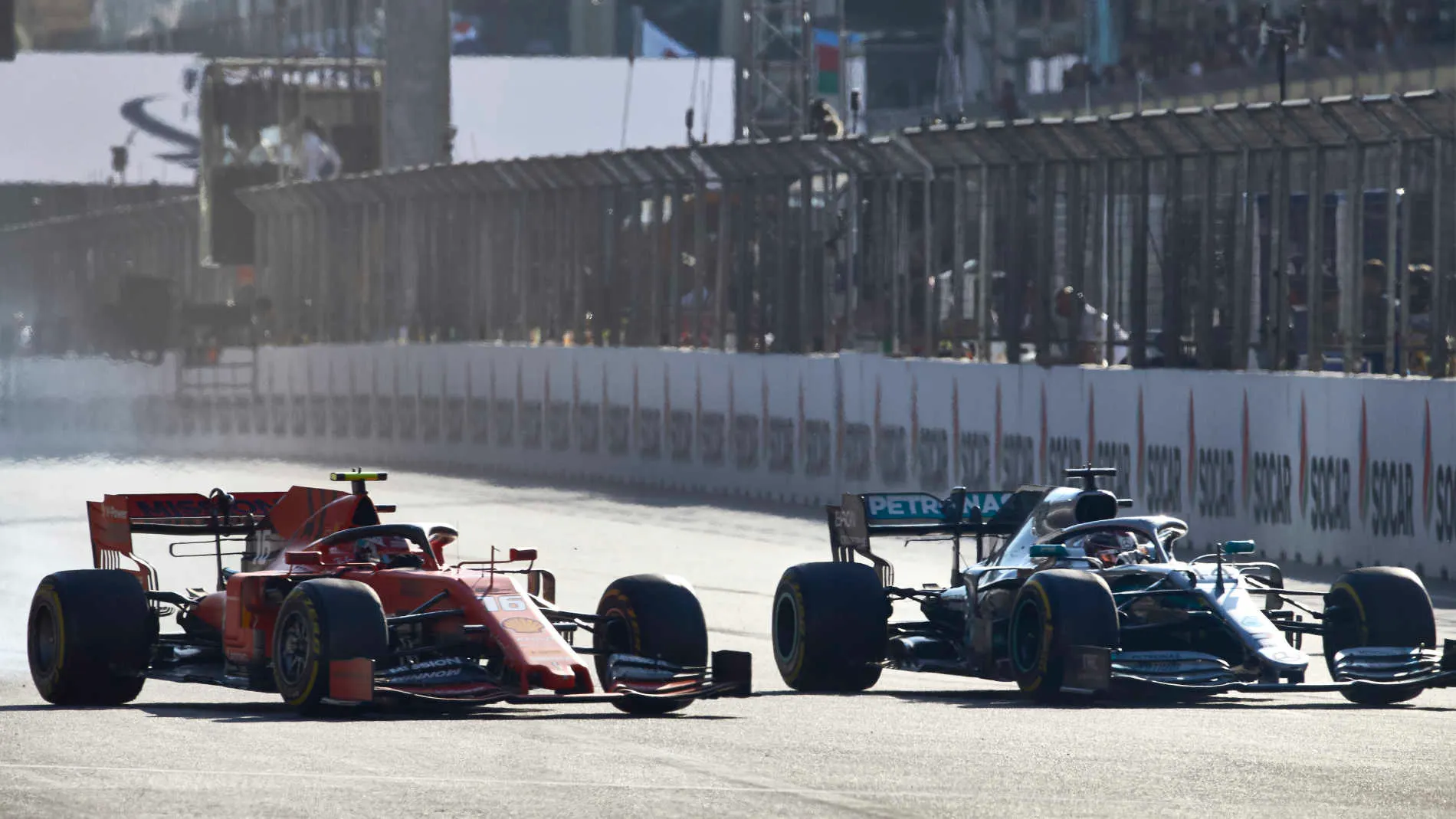
Azerbaijan was the first race this season where the teams did not have their medium-downforce packages and instead moved to their low-downforce configurations. Not to the full Monza extent where everything is trimmed back for minimum drag almost regardless, but to a degree where the drag considerations become much more important than at the preceding three tracks. The different way that Mercedes and Ferrari adapted their quite different cars was quite illuminating.
The evidence of the speed traces and corner speeds from the first three races suggested that the Mercedes could carry more downforce than the Ferrari, but that the Ferrari had slightly lower drag. The two qualities are, of course, interrelated to a large extent in that downforce costs drag; it’s merely a case of the efficiency of the trade-off.
As they are conceiving their cars, teams will pitch their aero efficiency ranges around the ballpark downforce figure they expect to be able to achieve. An aero efficiency target will be set around this figure and any pieces which add downforce while still keeping the car within that aero efficiency target will be acceptable. Those which only add downforce by going above the set efficiency target will be rejected. Where that efficiency number is set is a subjective – but very well-educated – call.
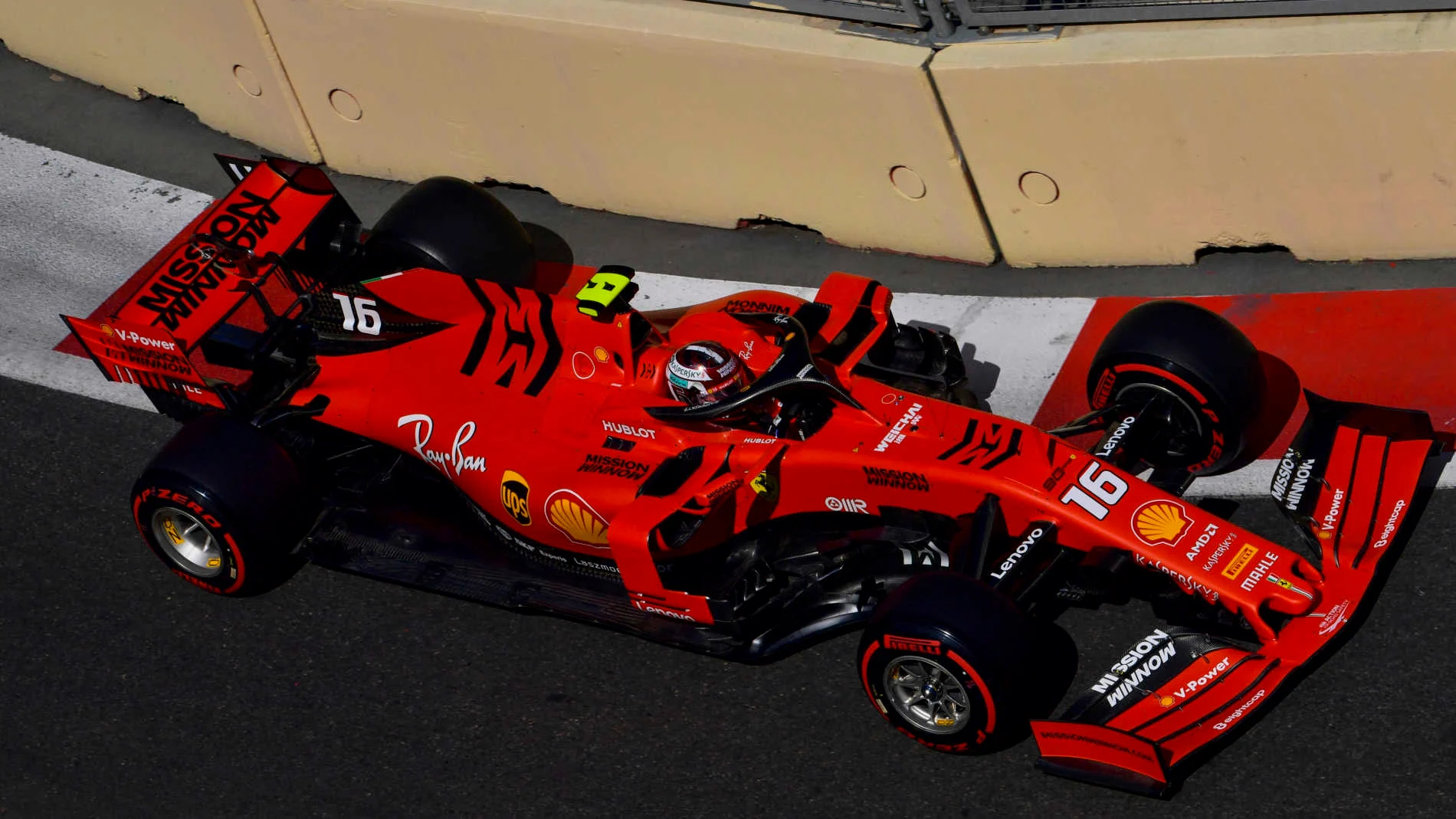
Mercedes, with their long-wheelbase car featuring a big underfloor area and great confidence in their power unit, have clearly felt comfortable defining a lower aero efficiency in their chase of downforce under the new 2019 aero regulations.
In the conception of their basic car, Ferrari look to have a set a higher aero efficiency target and so have not been able to justify extra downforce as easily. Hence the Ferrari being faster down the straights (helped by a more potent high-power mode than Mercedes), but the Merc being quicker through slow-medium speed corners.
In faster corners, the Ferrari’s higher-rake underfloor delivers its benefits over the low-rake (but bigger-floored) Mercedes in a way it cannot at lower speeds. The way this has all translated into lap time between the two cars has varied according to the layout of each track and how well their set-up got the sensitive tyres into the correct temperature window. The car with more downforce will invariably tend to work the tyres better than a lower-downforce car, incidentally, keeping the core of the tyre working harder without overheating its tread. The longer the corner, the greater the advantage.
But then we came to Baku and its schizophrenic layout, with the longest stretch of top-gear, flat-out running (27 seconds) on the calendar rewarding low drag but a Monaco-like middle sector demanding high downforce. Over the years, the teams have come to swerve their Baku compromises in favour of lowering the drag and they generally bring here a different family of front and rear wings to those seen at the conventional tracks.
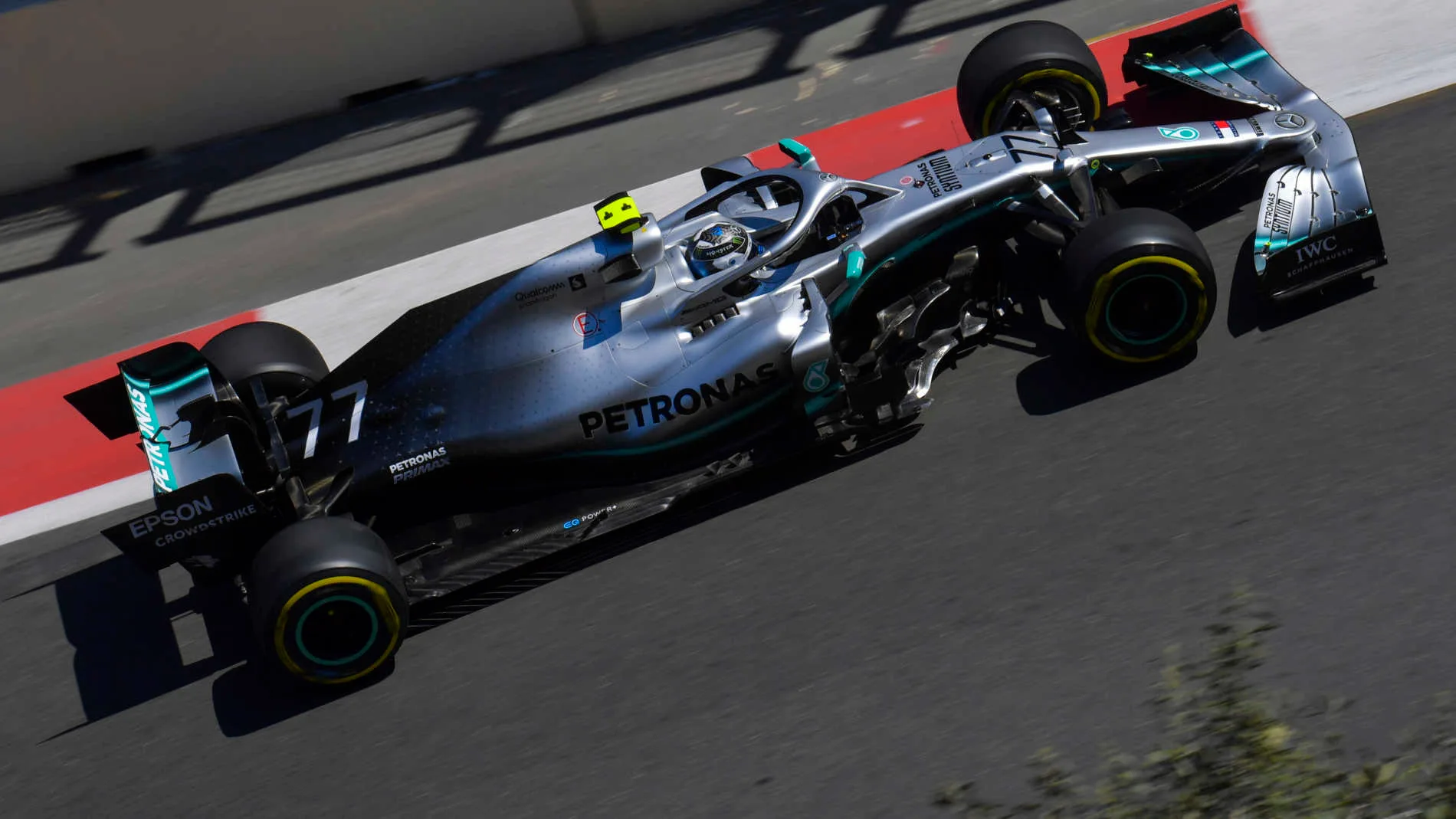
The conventional wings would have to be run at a very inefficient part of their working range at Baku (ie, the downforce penalty for the reduction in drag of their minimum settings would be too great). Instead, a different family of wings designed to work better in the low-drag part of the range are brought instead.
This applied to both Mercedes and Ferrari this year. But the way in which the Baku wings diverted from their conventional counterparts was quite different in the case of each car. Ferrari, with their inherently lower-downforce/drag car and small-area front wing, used more wing area than before, albeit with very flat settings. Mercedes, with their inherently higher-downforce/drag car and bigger-element front wing, used less wing area.

The evidence suggested that until a cooling track took the Ferrari out of the ideal temperature window (by the delays in qualifying caused by crashes and red flags), the Baku layout allowed the Ferrari aero into a sweeter spot than the Merc’s. The SF90 was faster down the long straight than the W10 and comparably fast through the tight twists of the middle sector.
Only the cooling track and the lack of a powerful tow for Ferrari allowed Mercedes to lock out the front row. Before that – and before Charles Leclerc crashed out in Q2 – the Ferrari had a very clear edge. Even Sebastian Vettel – not quite as quick as Leclerc around here – with his tyres not quite in the temperature window, lost out on pole by only 0.2s despite giving away 0.3s of slipstreaming benefit that both Mercs picked up.
But most tracks on the calendar demand more conventional aero packages and so the Baku family of wings likely won’t be seen again, possibly until Montreal – and any differences in performance between the two cars will be based around how they compare in their medium- (or at Monaco, high-) downforce configurations once more. As such, the upgraded barge boards and floor introduced by Ferrari in Baku, which unlike the wings were not Baku-specific, will have more importance in the ongoing competitive struggle between the two teams.
Next Up
Related Articles
 Piastri reflects on Qatar GP chances after pivotal pole2 hours ago
Piastri reflects on Qatar GP chances after pivotal pole2 hours ago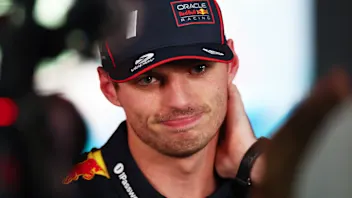 Verstappen rues car issue in tricky Qatar Sprint7 hours ago
Verstappen rues car issue in tricky Qatar Sprint7 hours ago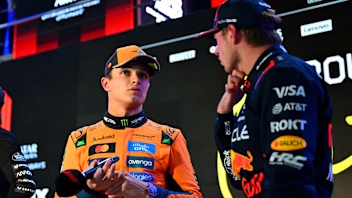 Verstappen ‘talking nonsense’ over title claim – Norris2 hours ago
Verstappen ‘talking nonsense’ over title claim – Norris2 hours ago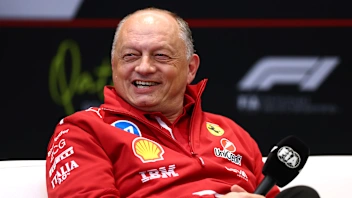 FIA Team Principals press conference – QatarNovember 28, 2025
FIA Team Principals press conference – QatarNovember 28, 2025 F1 AcademyAston Martin sign Paatz for 2026 F1 ACADEMY campaign10 hours ago
F1 AcademyAston Martin sign Paatz for 2026 F1 ACADEMY campaign10 hours ago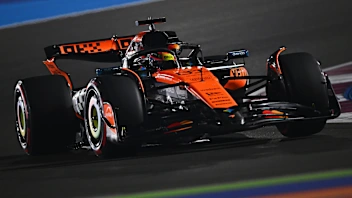 AS IT HAPPENED: Piastri pips Norris to Qatar GP pole6 hours ago
AS IT HAPPENED: Piastri pips Norris to Qatar GP pole6 hours ago